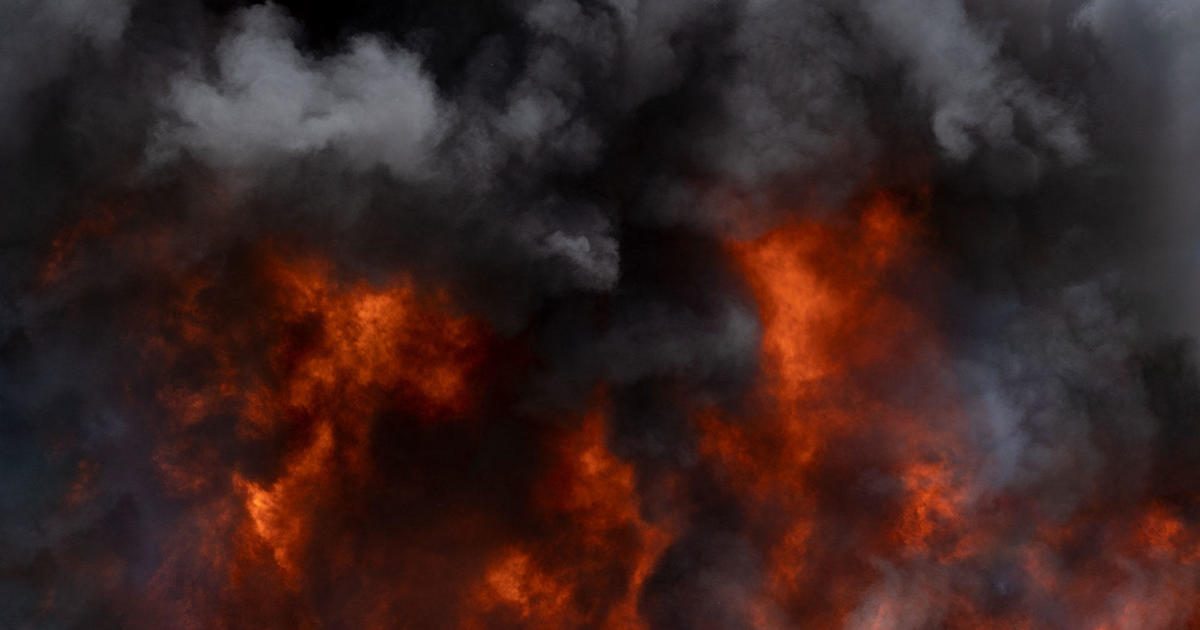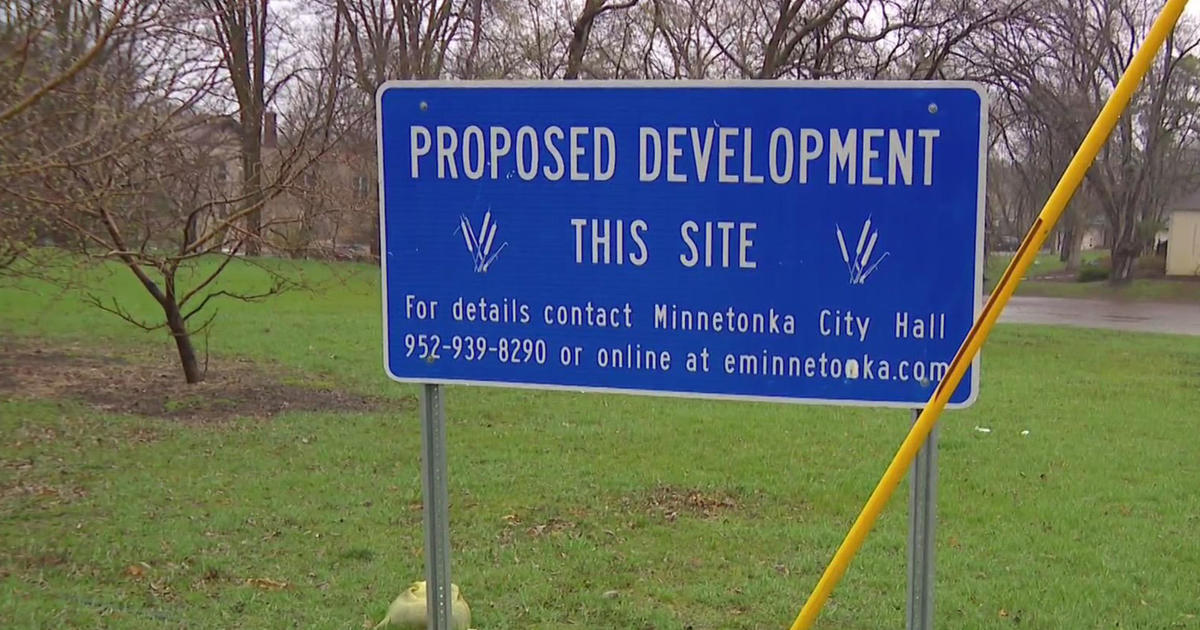Minnesota Nuclear Plants Drill For Disaster
MONTICELLO, Minn. (WCCO) -- The U.S. has 103 nuclear reactors generating electricity in 31 states and Minnesota is home to three of them. Xcel Energy operates two at its Prairie Island facility and one in Monticello.
Even though Minnesota is far from the disaster unfolding at the Fukushima Dai-ichi plant in northeastern Japan, the fallout is being felt worldwide.
"We are designed for earthquakes, even though this is not an earthquake zone," explained Terry Pickens, director of nuclear regulatory policy for Xcel Energy in Minneapolis.
Pickens is comfortable with requirements of the U.S. Nuclear Regulatory Commission (NRC), which mandates strict emergency response plans for every licensed reactor.
But if disaster did strike one of Minnesota's two nuclear plants, a ground floor room in a downtown St. Paul office tower is where the emergency response would be managed. It's known as the Emergency Operations Center and is staffed by the state's office of Homeland Security and Emergency Management.
Inside the room, everything from weather reports to medical status, evacuation routes and radiation monitoring are made visible on huge maps and wall-mounted television screens.
"I think we're very well prepared in this state," said Kris Eide, director of Homeland Security and Emergency Management in Minnesota.
Eide said the NRC requires all nuclear plants to perform every-other-year emergency preparedness drills. Because Prairie Island and Monticello are both owned by the same utility, one is being put to the test each year.
The drills give local, county, state and federal agencies a chance to test their emergency plans by holding simulated disasters to assure public safety.
"The Monticello area, the school children, actually leave their classrooms and get on buses just to make sure that the buses actually do get there and there will be enough buses for them to be able to get on to them and go to their sister schools," said Eide.
Sheriff's departments, local police and the Minnesota State Patrol will practice the best traffic routes for mock evacuations. First responders at local hospitals and clinics will simulate responding to mass medical emergencies.
The immediate area of concern is known as the 10-mile zone where 30,000 people live within closest proximity to the Monticello nuclear plant. A similar zone exists around Prairie Island, including Red Wing. Those areas are most at risk in the event of a radiation leak at either facility.
But Minnesota's emergency plan also includes management of a 50-mile "ingestion pathway zone," where an estimated 2 million people could potentially ingest radioactive contamination from food, water and other items.
People living within that zone, including residents of Hennepin and Ramsey counties, could be evacuated, if necessary. However, concerns for residents of the ingestion zones are more about long-term exposure.
Ever since the disaster at Three Mile Island in 1979, nuclear reactors in the U.S. have been required to have greater redundancies in their designs and operations. Plants like Monticello and Prairie Island are required to have control room simulators that mimic the actual reactor controls so that plant operators can drill for a host of scenarios.
Perhaps someday, the very scenario that is now endangering residents of northeastern Japan.
"Our regulator, the NRC, will look at it and they will suggest and we will implement scenarios on our simulator and train our operators in dealing with the things that the Japanese operators have seen in their plant over there," said Pickens.



